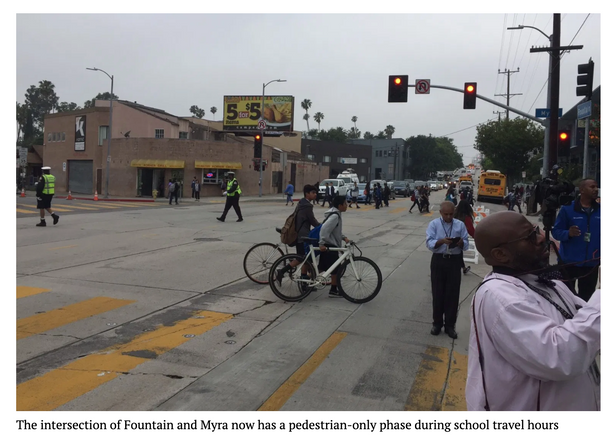Systems of Resilience
Middle school students crave independence. When given the choice, they often prefer to walk or bike to school, particularly with groups of friends.
But even though hundreds of students walked independently to Thomas Starr King Middle School, hundreds more were driven, many as little as a quarter of a mile. The number one reason cited was that their parents would not let them, because drivers made it feel unsafe. Thomas Starr King Middle School was along Los Angeles's "high injury network" - the 6% of streets that contained 70% of severe injuries and fatalities. And every car that drives to school, creates an environment less inviting for those who walk and bike. What would it take to make the streets feel comfortable and safe for walking and biking?
By bringing together coalitions of parents, students, community members, bike and walk activists, school teachers and administrators, forming partnerships with bike shops and bike shares, and persistent engagement with public officials, change was set into motion.
Work culminated with LA's first "All Red" traffic light phase in front of school, a strong symbolic gesture in support of walking, as well as a necessary safety measure that allowed students to cross the main intersection conflict free. Over 40 newly painted crosswalks, 2 geometric redesigns of intersections, miles of newly striped and patched bike lanes, multiple drop off zones several blocks from the school to reduce driving up to the school, meet up points for students to walk those last few blocks, and more bike racks altered how people approached the school. Multiple school wide transportation surveys, and pedestrian and bike counts documented challenges and progress. Walk to School and Bike to School Days, Bike fix-it clinics, Driver Education to stop at unmarked crosswalks to let students cross, Student Education to "talk with their hands" to indicate to drivers that they should stop and allow students to cross energized a shift in culture. Photos, videos, news stories and ongoing civic engagement helped document and retell our stories over and over again. And there is still much more work to do.
and performance as media.
























